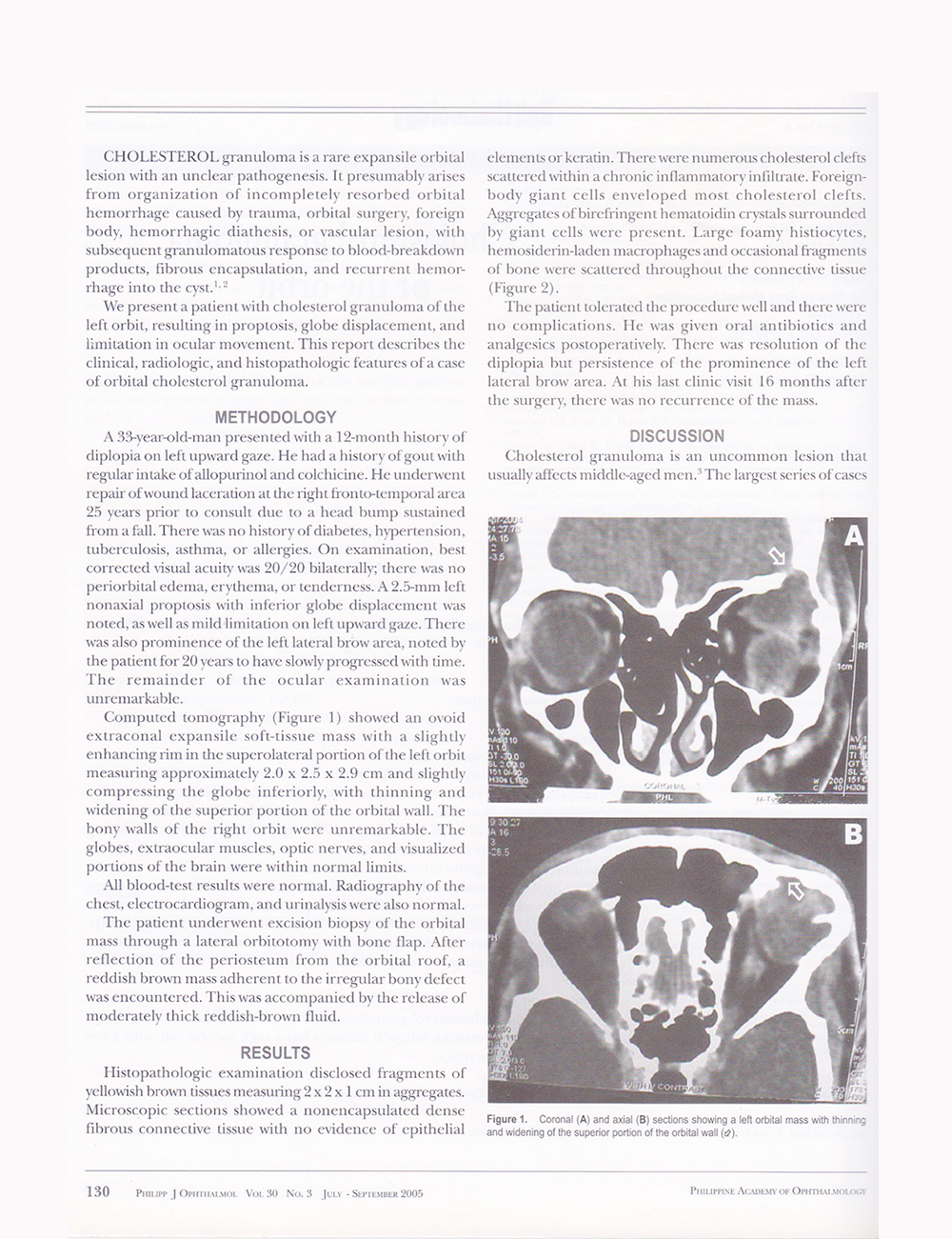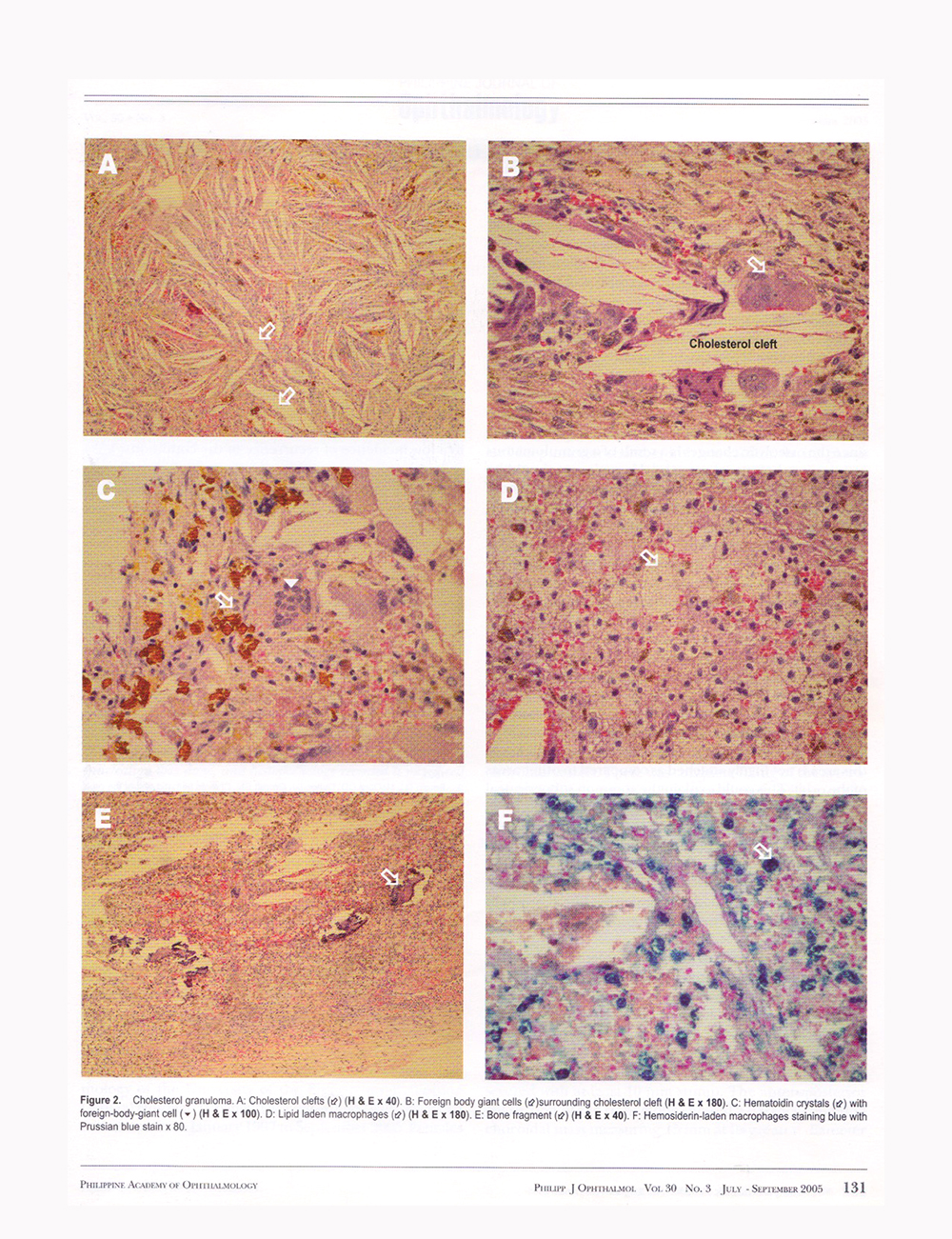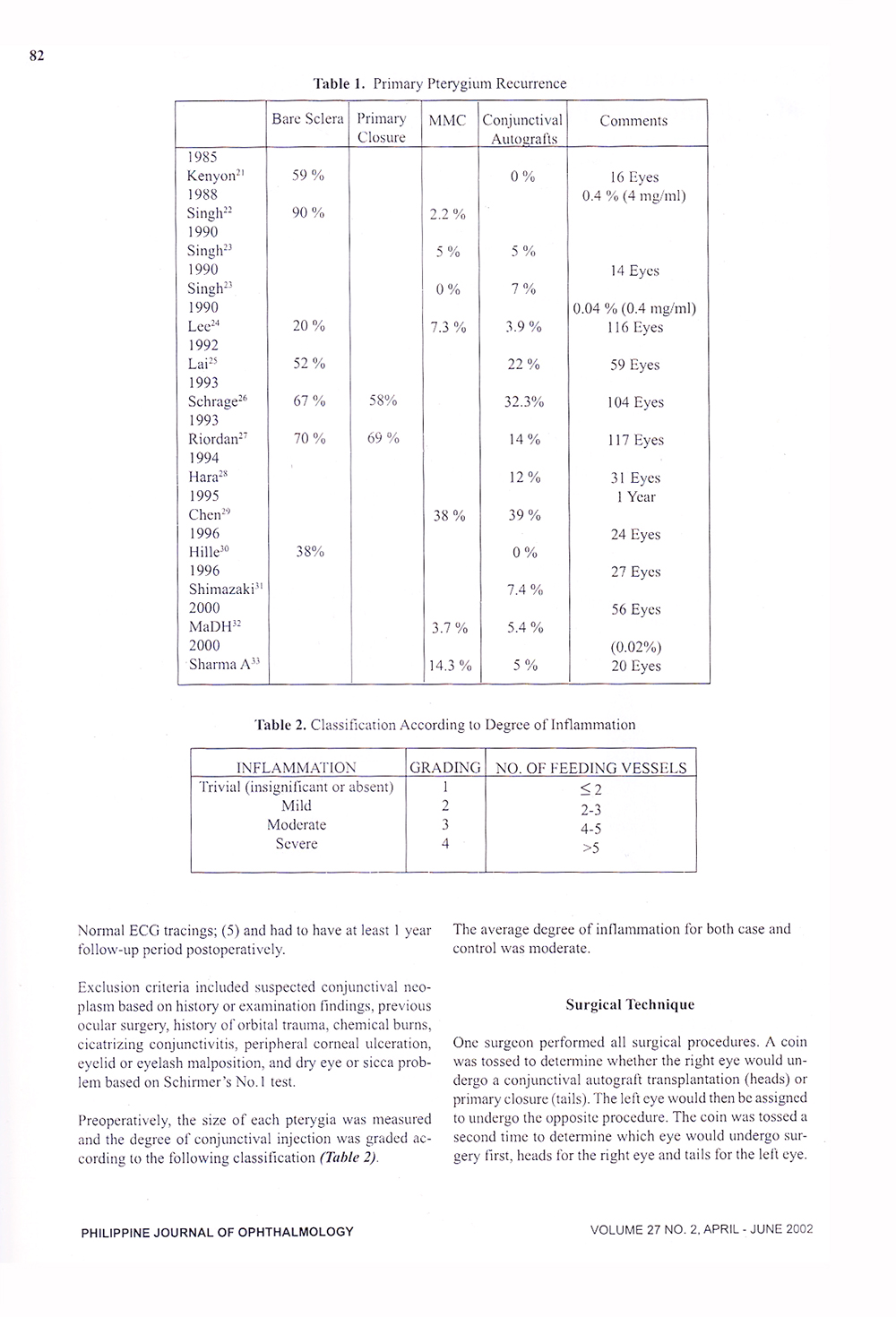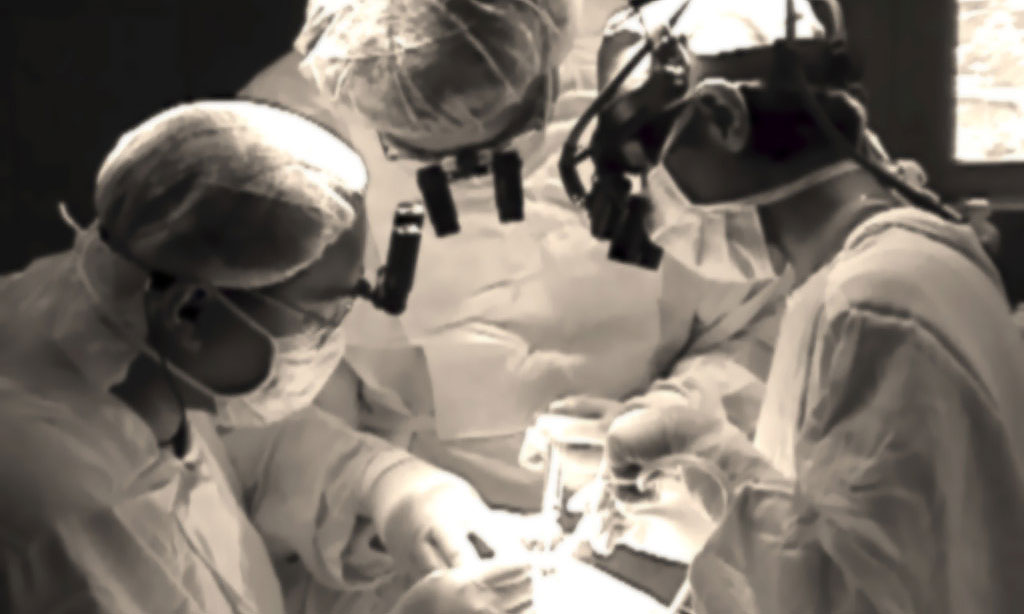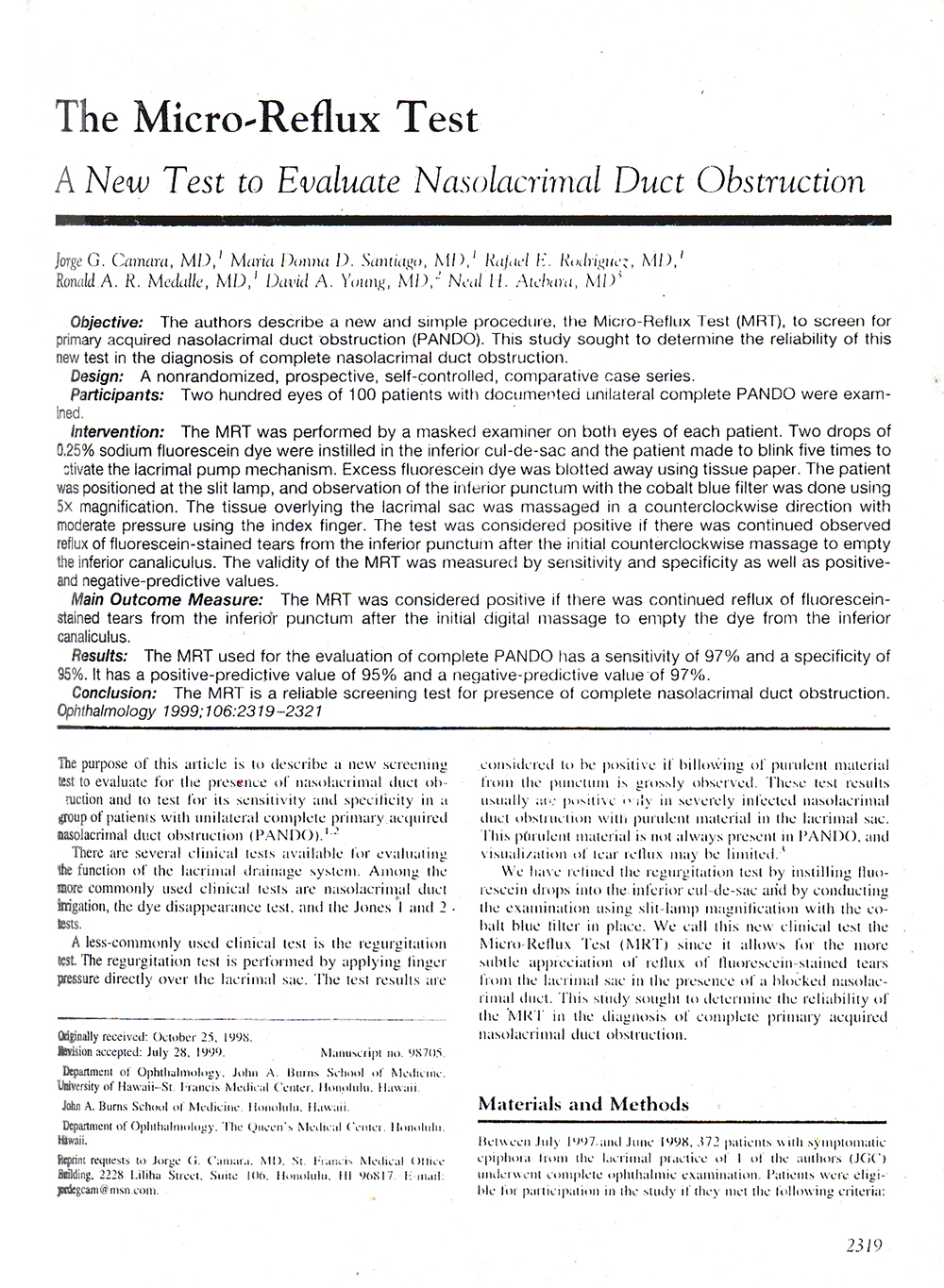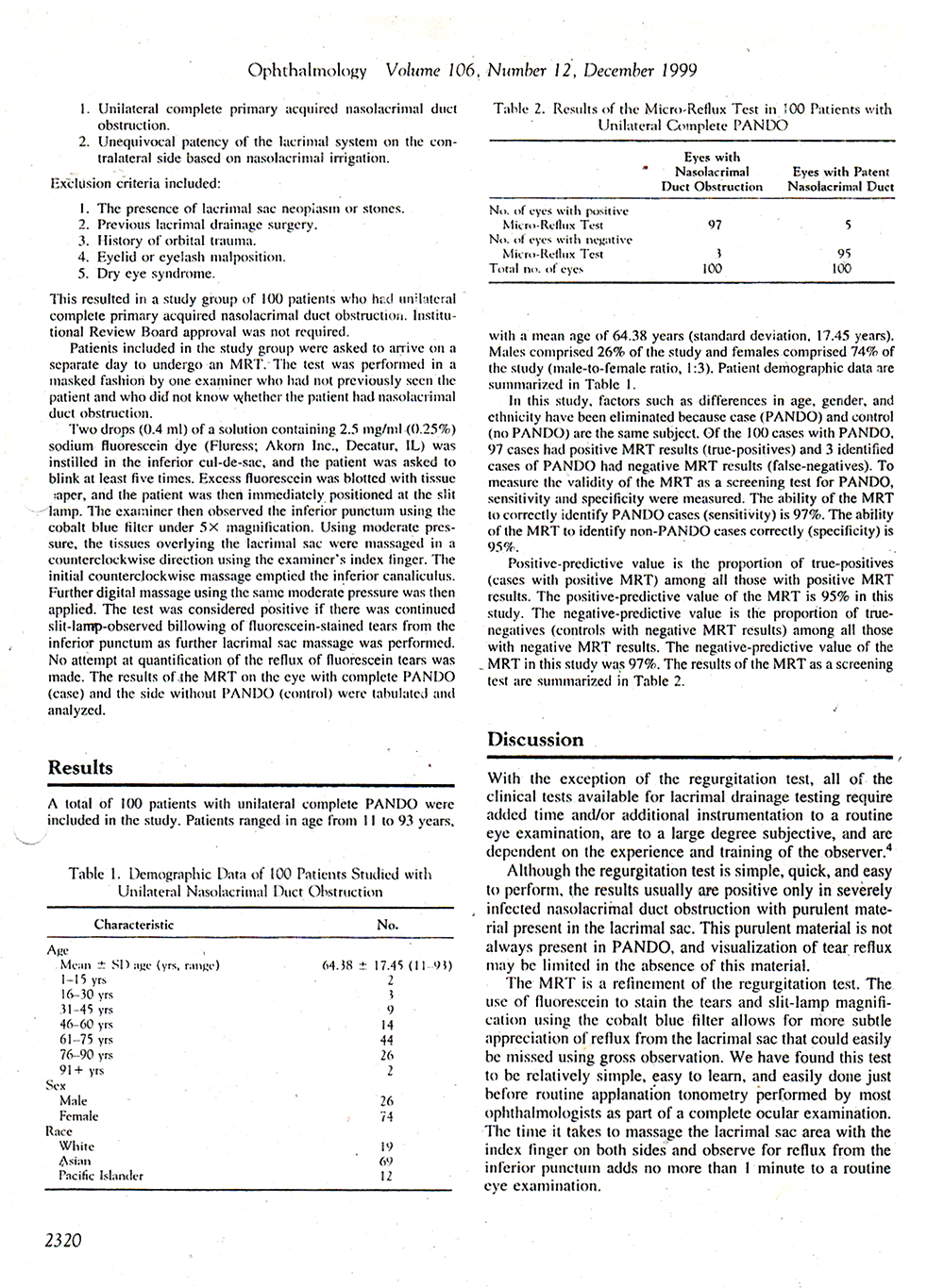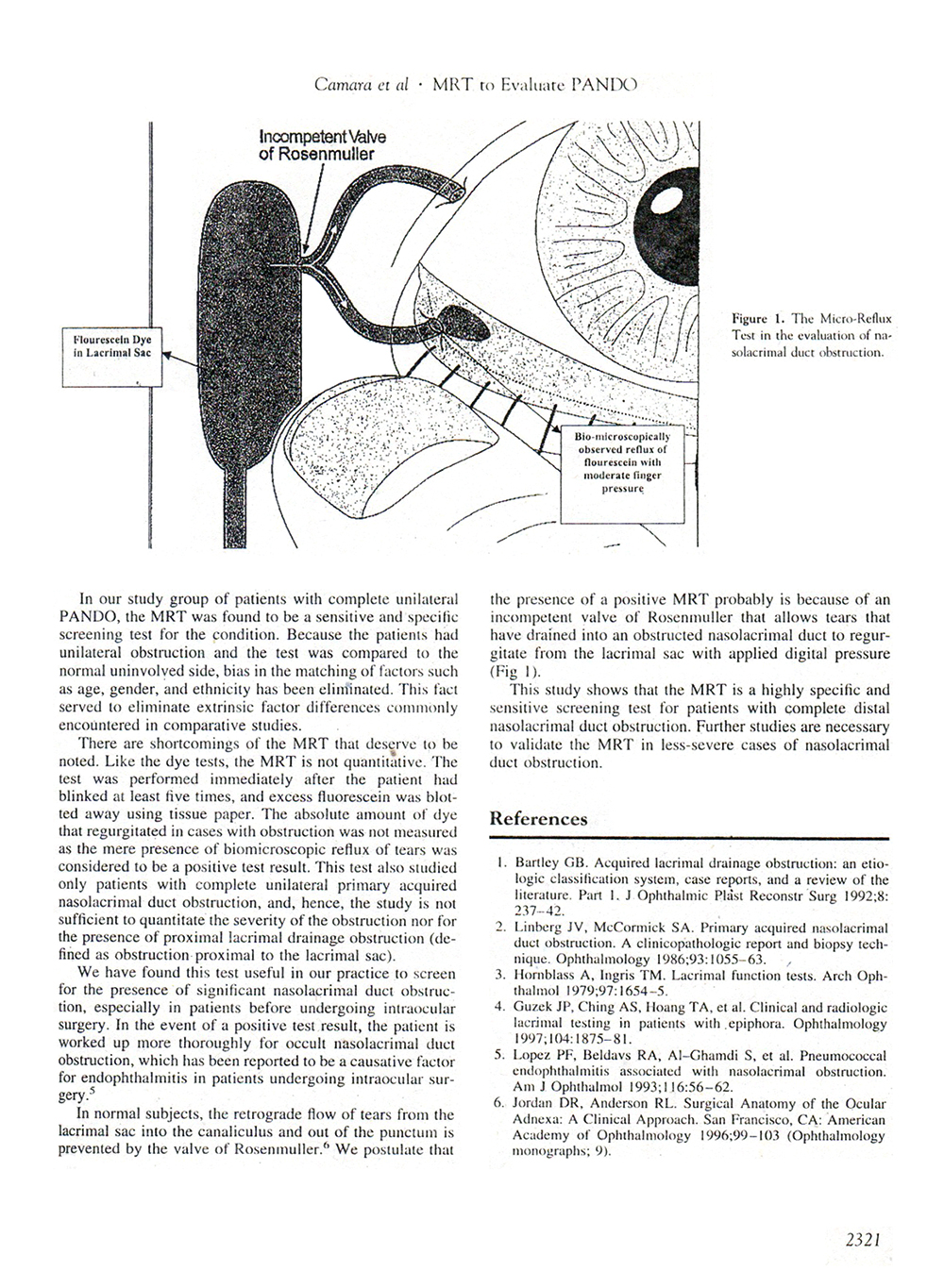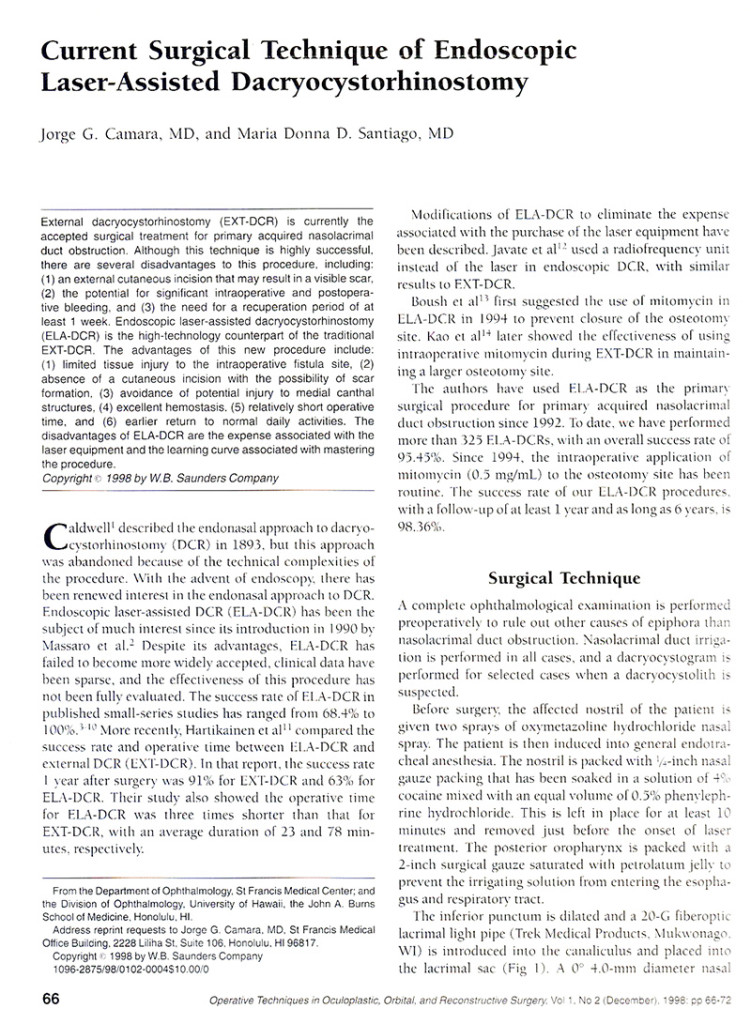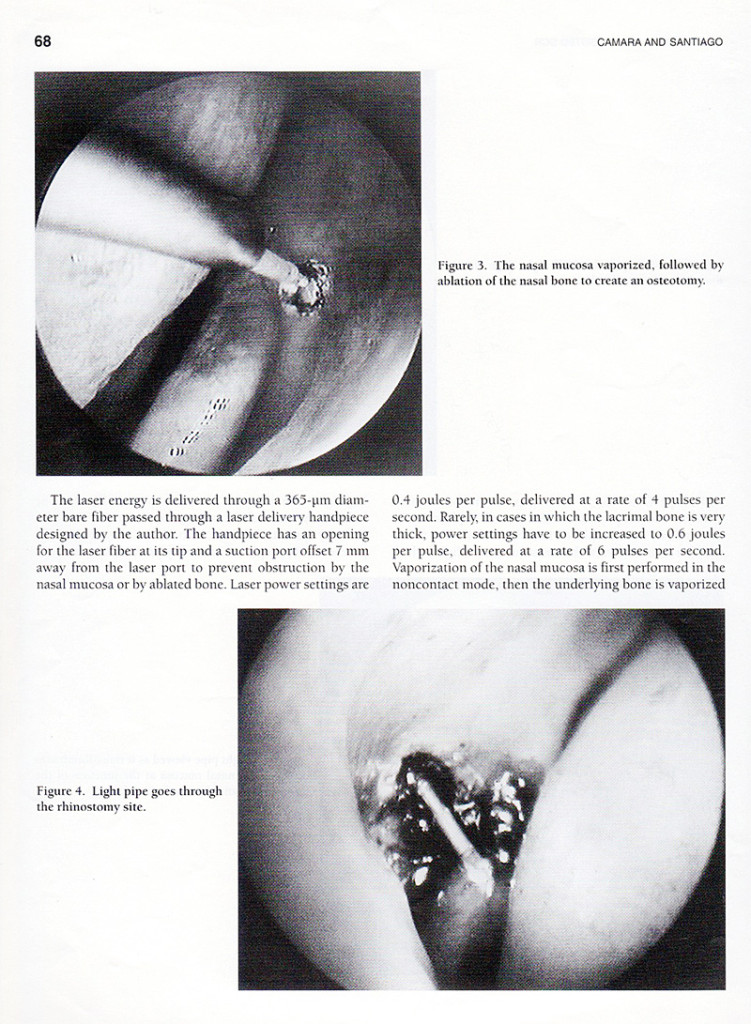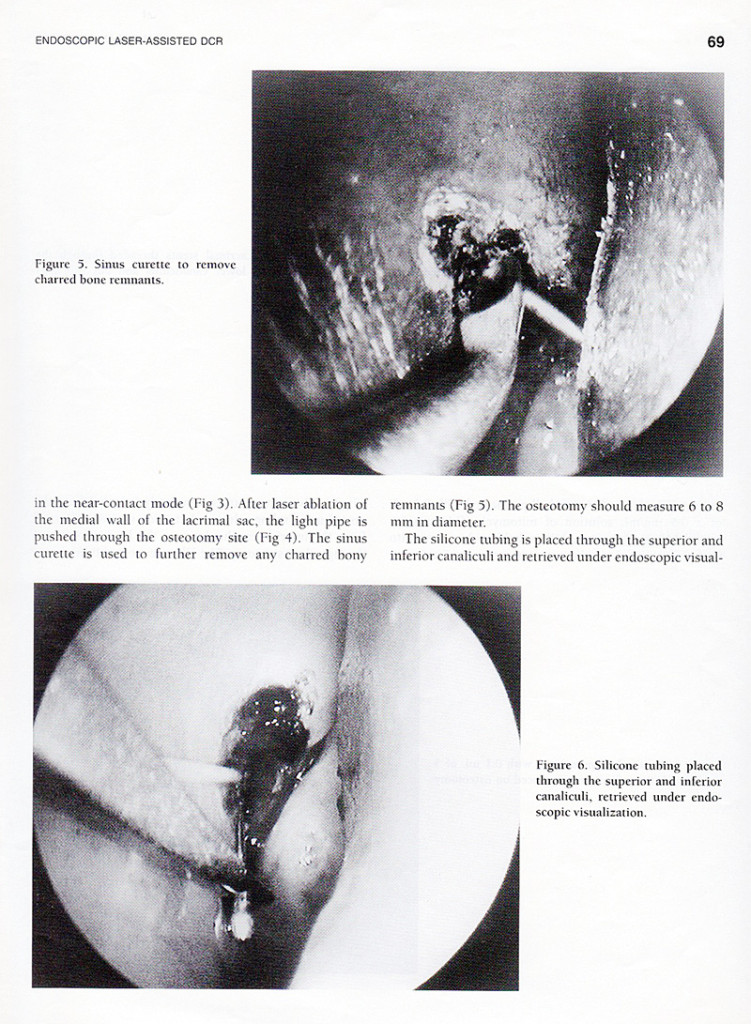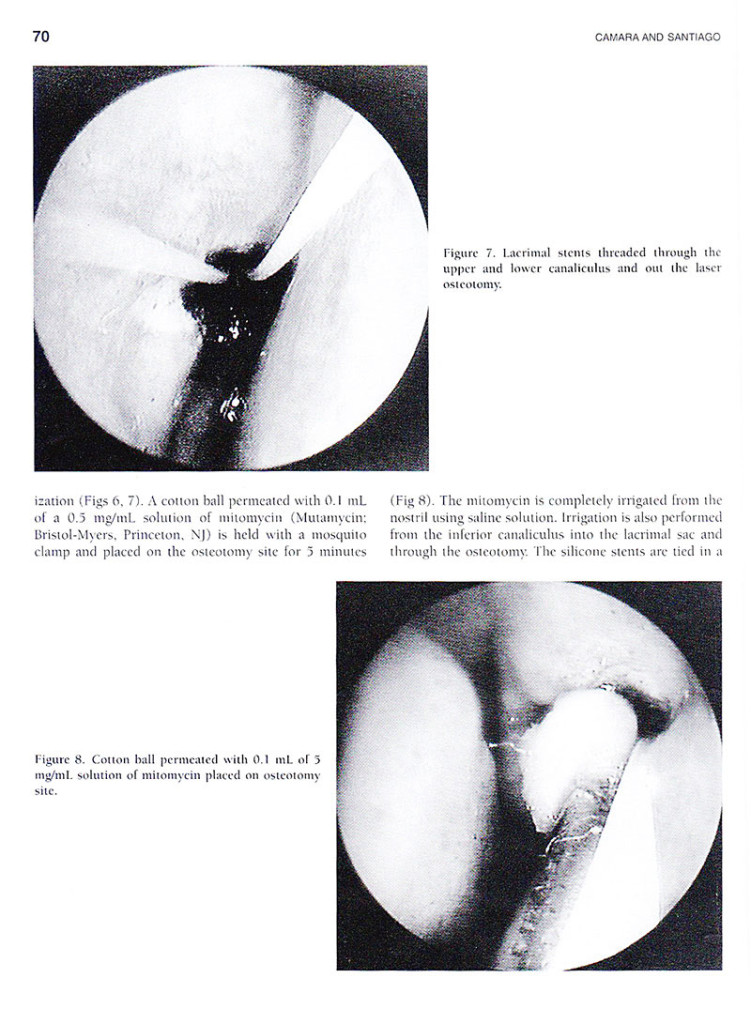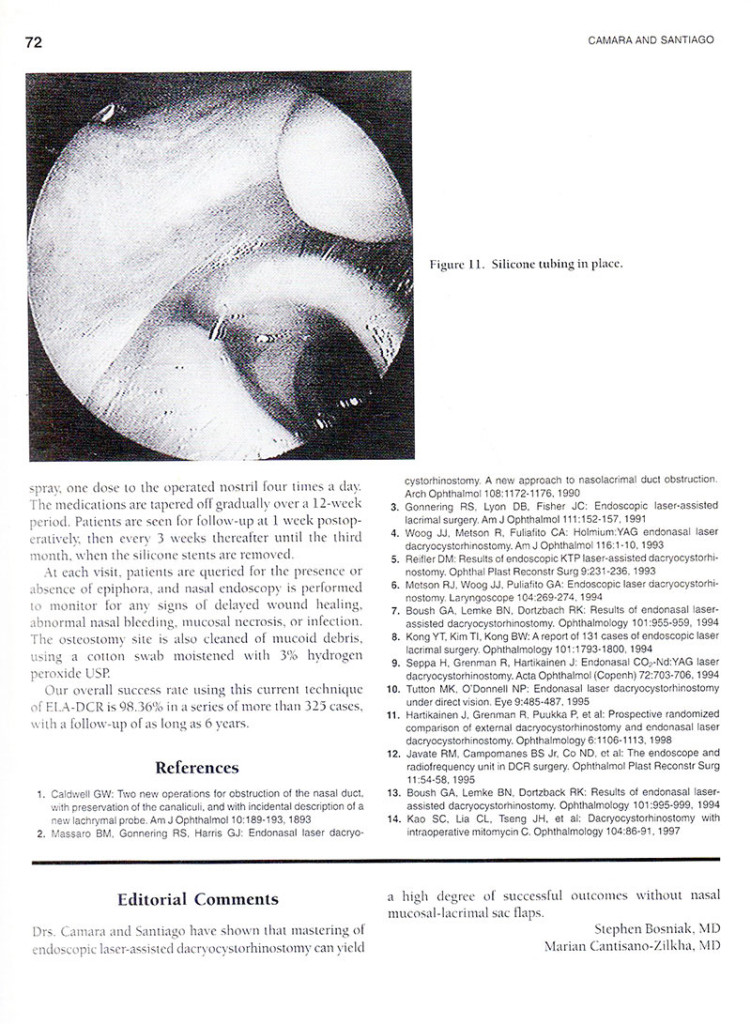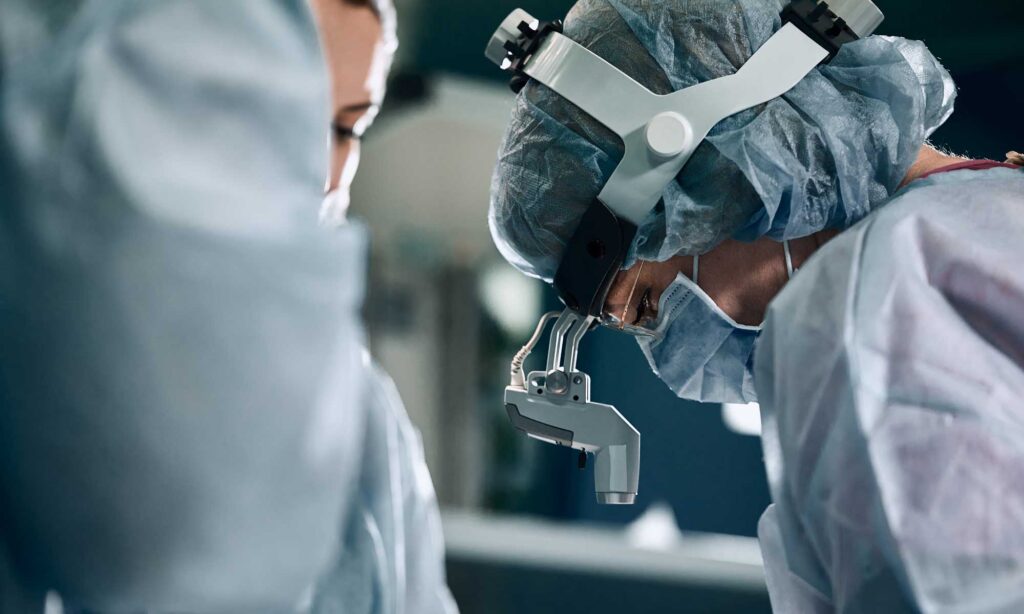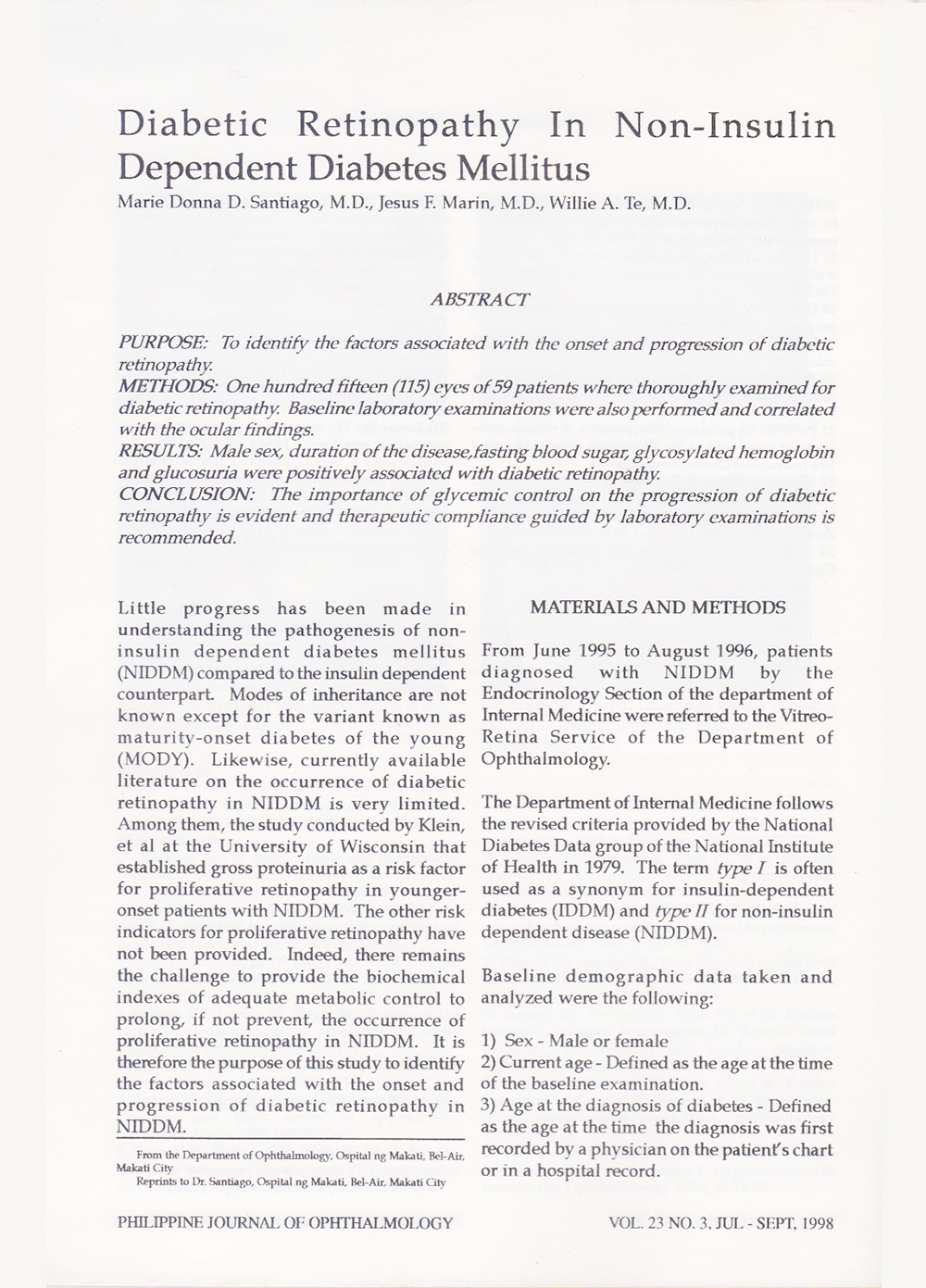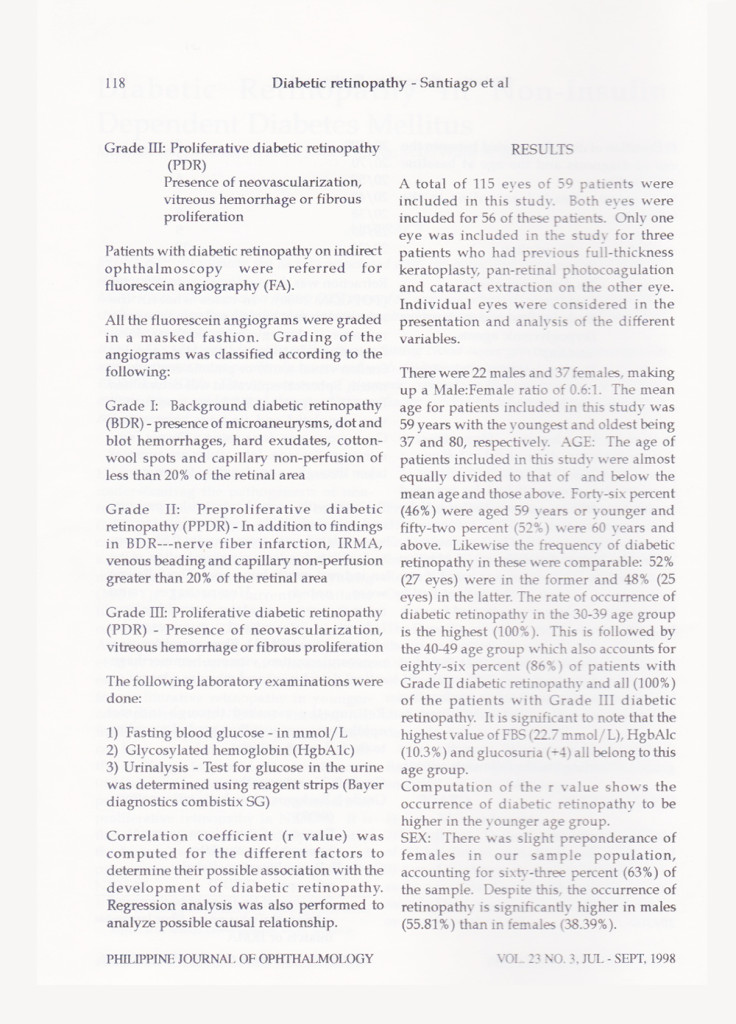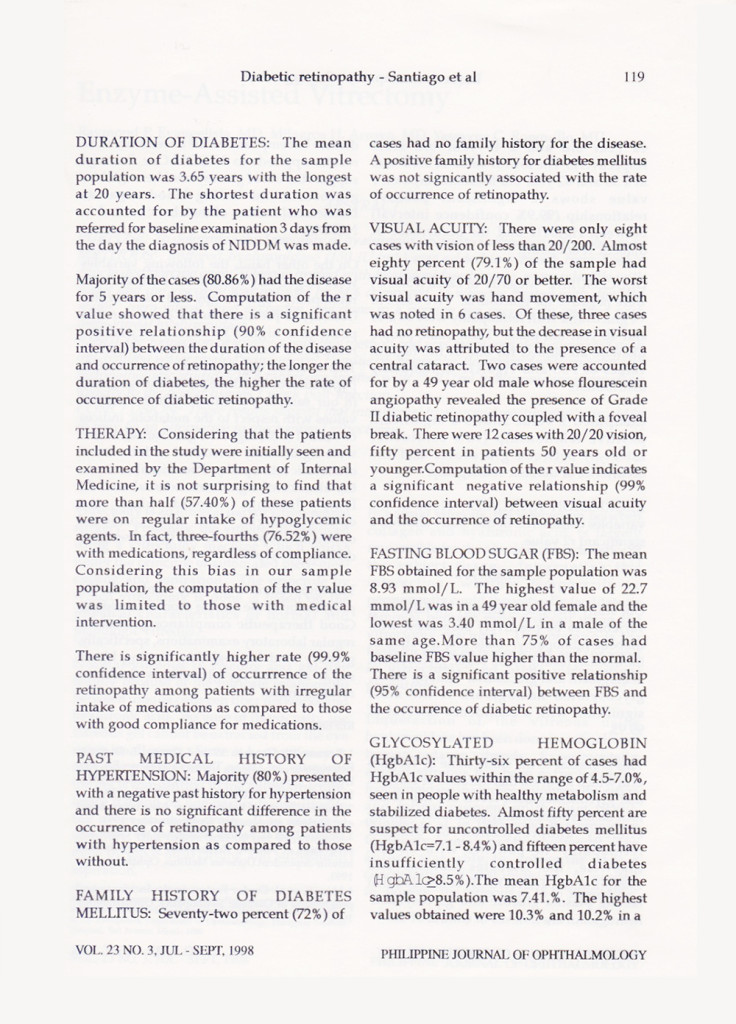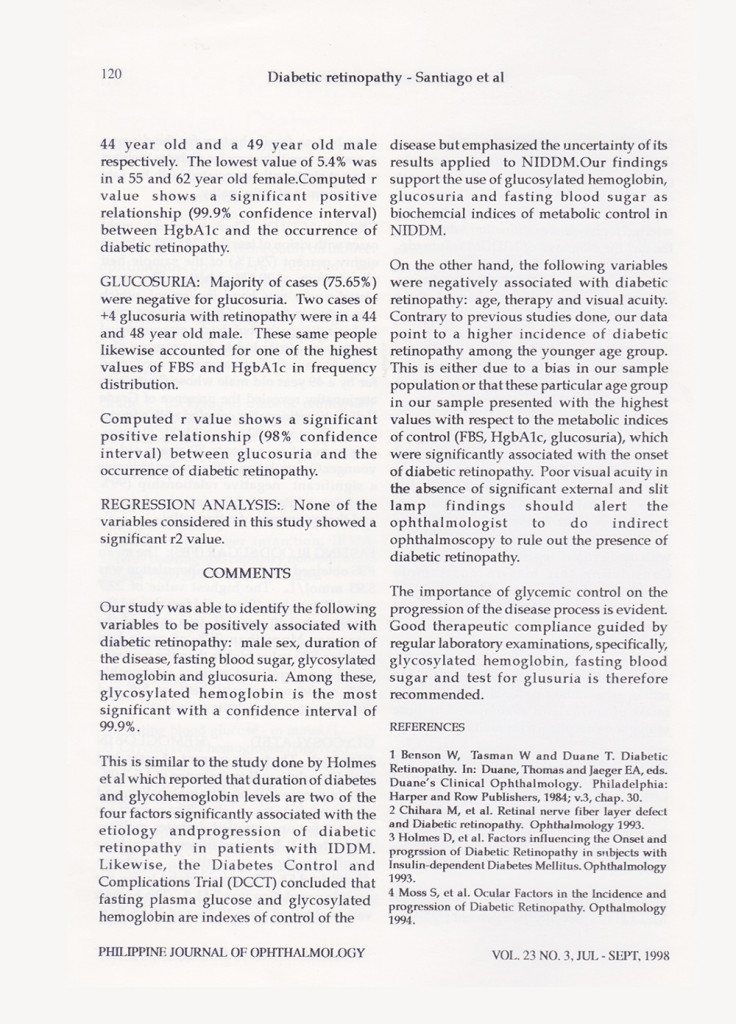
ABSTRACT
Objective: To characterize the clinical and pathological features of 4 patients with histopathology-confirmed idiopathic orbital inflammatory disease (OID) initially diagnosed as an orbital neoplasm and 9 patients with histopathology-confirmed orbital neoplasm that presented as idiopathic OID.
Methods: The medical records of 13 patients with orbital mass were reviewed. All biopsies were performed by one orbit surgeon.
Results: There were 4 patients in the histopathology-confirmed idiopathic OID group with preoperative diagnosis of orbital neoplasm. Mean age at presentation was 27 years. Follow-up period ranged from 6 to 41 months. The left orbit was predominantly involved (3/4). The presenting symptoms and signs included proptosis (2/4), diplopia (1/4), and inflammation (1/4). The preoperative best-corrected decimal acuity mean was 0.92. Three of 4 patients retained their preoperative visual acuity postoperatively. There was recurrence of inflammatory signs in only 1 patient, which responded well to oral corticosteroids. In the histopathology-confirmed orbital neoplasm with preoperative diagnosis of idiopathic OID group, there were 9 patients with mean age at presentation of 52 years. Follow-up period averaged 7.5 months (range: 0.5 – 83 months). The presenting symptoms and signs included proptosis (4/9), inflammation (3/9), orbital pain (1/9), and epiphora (1/9). The preoperative best-corrected decimal acuity mean was 0.78. Histopathology and immunohistochemistry of the orbital masses revealed malignancy in 80% (7/9) of these cases.
Conclusions: Idiopathic OID remains a diagnostic dilemma for many physicians. A detailed history, comprehensive physical examination, and appropriate radiological evaluation are essential to differentiate OID and non-inflammatory orbital conditions such as neoplasms. Biopsy is recommended when there is poor or equivocal response to steroids or suspicion of orbital malignancy.
Keywords: Pseudotumor, orbital inflammatory disease, neoplasm, biopsy, histopathology




